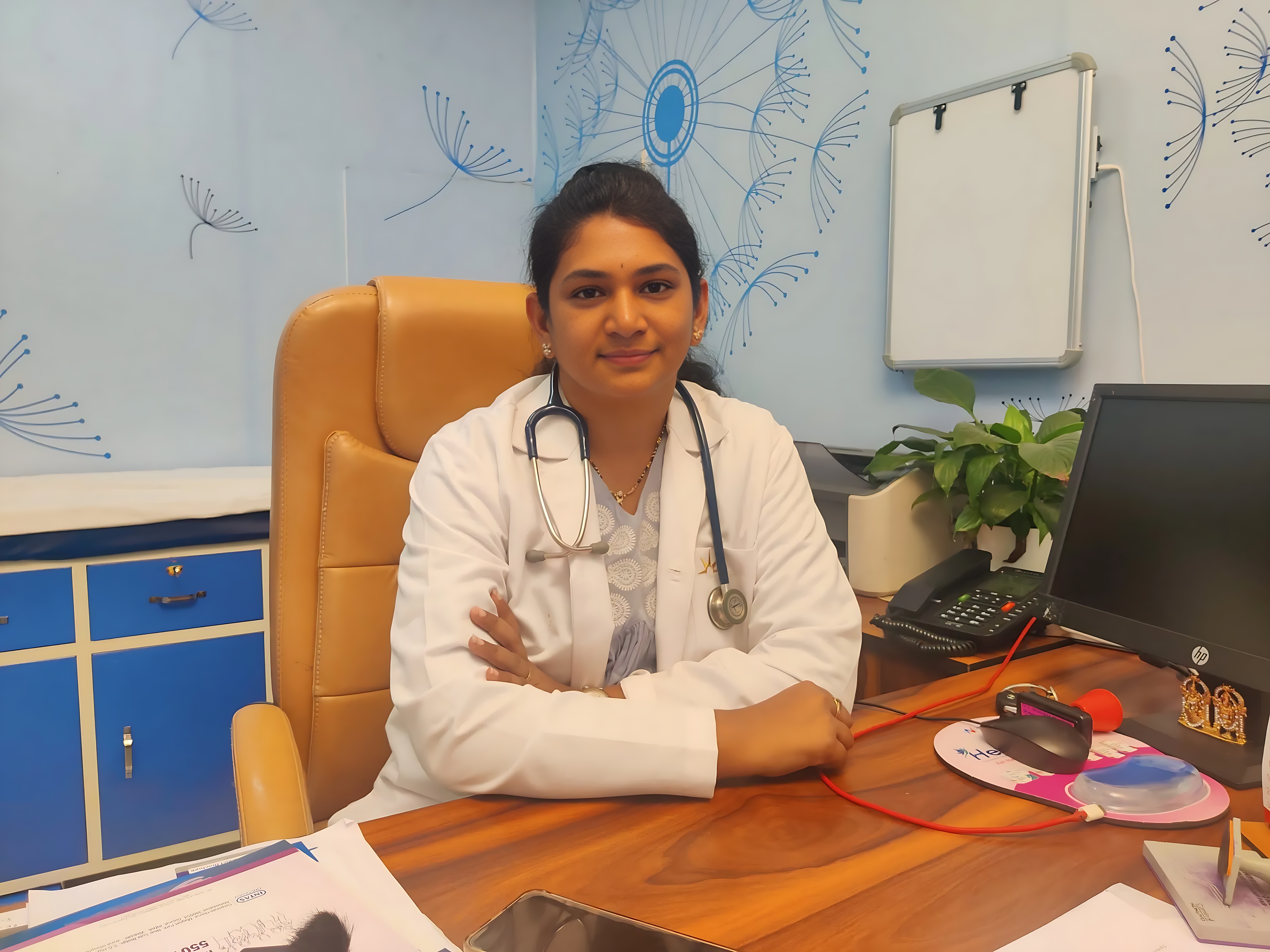Description
Breast cancer is one of the most common cancers affecting women worldwide, characterized by the uncontrolled growth of cells in the breast tissue. Early detection through regular screenings, such as mammograms, significantly improves the chances of successful treatment. Common symptoms include a lump in the breast, changes in breast shape or size, and nipple discharge. Treatment options vary depending on the stage of cancer and may include surgery, radiation, chemotherapy, and targeted therapies. Advances in personalized medicine and genetic testing have also improved treatment outcomes, making breast cancer more manageable when detected early. Awareness and self-examinations are key in early diagnosis and improving survival rates.
Summary Listen
- Breast cancer is the multiplication of cancerous cells in breast tissue, impacting physical and emotional well-being, and quality of life. Early detection through screening and treatment is key to improving outcomes. Risk factors are categorized as average (female, age, early menstruation, late menopause, obesity, alcohol) and high (family history, gene mutations, prior breast cancer, chest radiation). There is no low risk category.
- Screening methods include mammograms, ultrasounds, and MRIs of the breast. Genetic testing is recommended for women with a family history. Treatment options include surgery, radiation, chemotherapy, hormonal therapy and targeted therapy. Early detection is crucial, and the process typically involves screening, diagnosis, and then treatment.
- A case study highlights the importance of screening and genetic testing. A patient initially treated for breast cancer presented with abdominal distension. Further investigation revealed ovarian metastasis of the cancer. Germline genetic testing found a BRCA1 mutation. The patient's sister, also found to have the mutation, underwent a risk reduction strategy with prophylactic surgery.
- Screening guidelines differ for average and high-risk individuals. For average risk, screening starts at 40-50 years with mammography and potentially ultrasound or MRI. High-risk individuals require earlier and more frequent screening, including mammograms and MRIs, potentially starting as early as 25-30 years, accompanied by genetic counseling and possible risk-reduction surgeries.
- Prevention involves maintaining a healthy lifestyle, limiting alcohol intake, and engaging in regular exercise. While not all breast cancers are preventable due to genetic factors, lifestyle modifications can reduce the risk. Early detection and treatment significantly improve outcomes.
- Breast cancer awareness should aim to significantly reduce the impact of the disease through innovative research, comprehensive education, early detection, and personalized care. Ultimately, the vision is a world where breast cancer is no longer a life-threatening condition, achieved through early detection and personalized treatment.
Sample Certificate
About the Speakers

Dr. Tejaswini Adada
Consultant Medical Oncologist and Hematologist, Hcg Cancer Centre, Visakhapatnam
Financial Disclosure
Comments
Comments
You must be logged in to leave a comment.